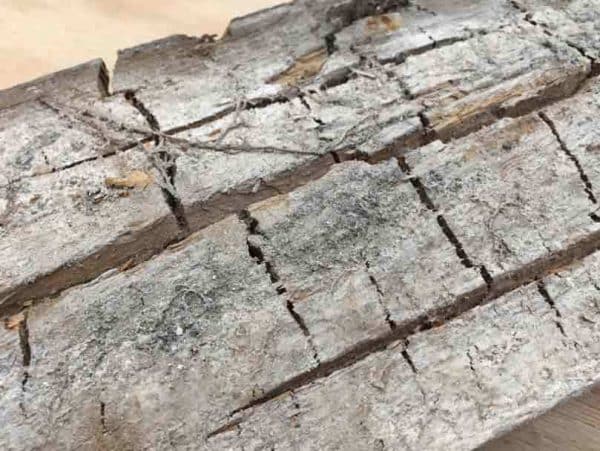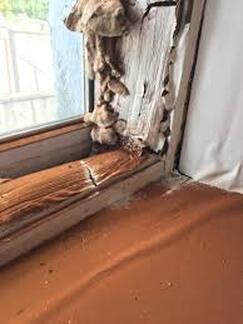|
3/1/2022 Dry or wet rot?The causes of timber rot are often misunderstood. It's often assumed that moisture alone causes wood rot. However, both wet and dry rot are caused by fungi which thrive in either of the two enviroments. Wet rot fungus likes to grow on timber with a high moisture content of around 50% and above while for dry rot to grow it will germinate at a lower timber moisture content of around 20% to 30%.
There are many different types of wet rot however there is only one dry rot fungi. Telling the difference between dry rot and wet rot is the first step to successful eradication of the rot outbreak. Dry rot in your property is serious and it should always be resolved as soon as possible. It is an aggressive destructive form of decay in a building as it spreads away from the source of damp and destroys timber and other property fabric. As for wet rot fungus, this type of rot occurs more frequently but is more localised. The decay usually affects timber at the source of the damp. However, do not underestimate wet rot. If left untreated wet rot can cause major structural problems. Dry Rot is only caused by the fungi Serpula Lacrymans and it is the most serious form of fungal decay in buildings. It can spread through a complete building and destroy the fabric of the property. As we have mentioned dry rot can affect any unprotected timber which becomes damp with a moisture content of above 20% which can be achieved quite easily in a property. Comments are closed.
|
Archives
March 2023
Categories |


 RSS Feed
RSS Feed
